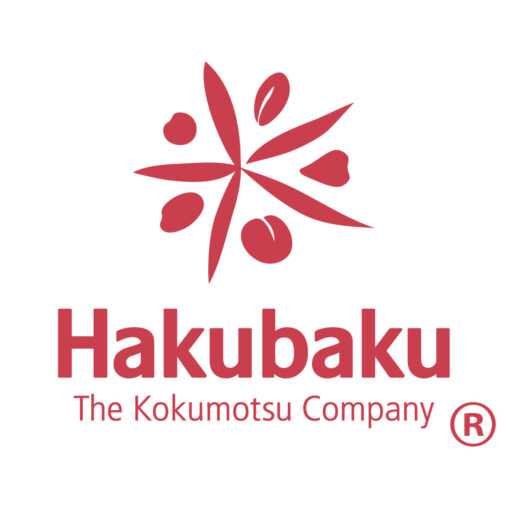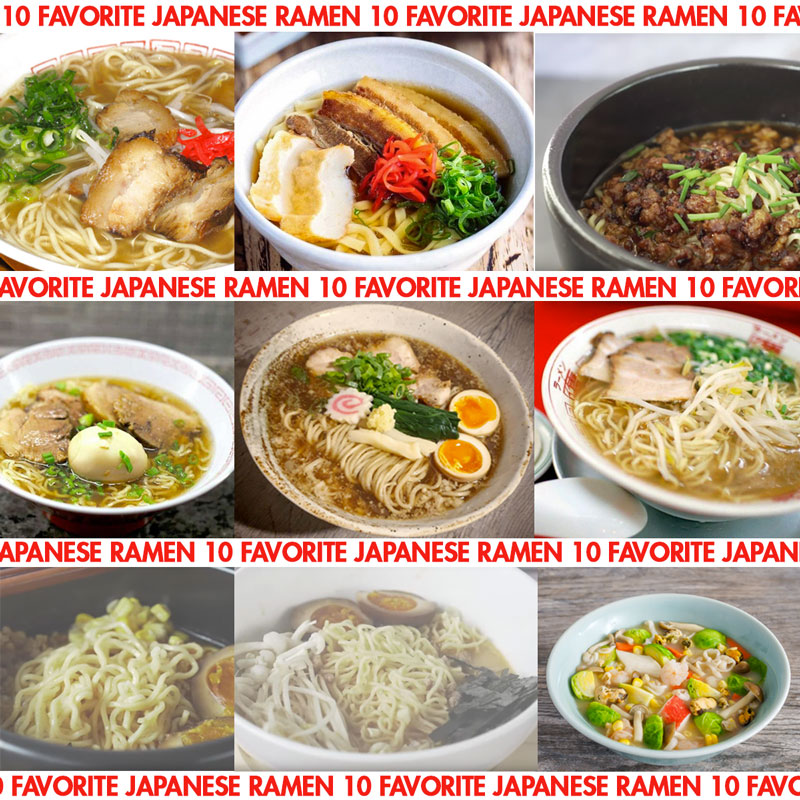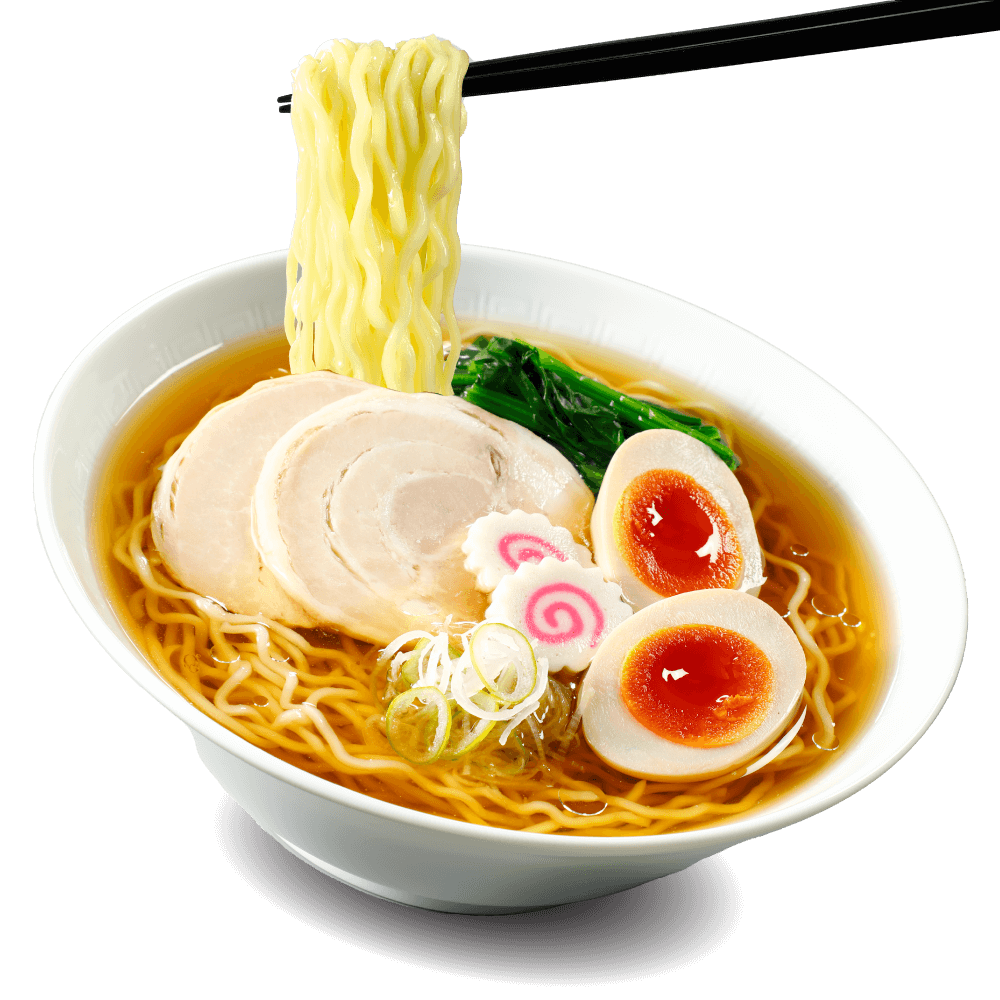
Craving ramen, but want something that is more traditionally Japanese? At Hakubaku USA we pulled together our Ten Best Ramen recipes from our staff. Although this may not your best 10 ramen, we feel that these are popular enough to warrant a second look.
Experience the taste of authentic Japanese ramen at home, try these great ideas below. They are sure to lift your spirits and aren’t too hard on the wallet (we promise). And now we present our staff picks of the best 10 ramen.
1. Sapporo Miso Ramen (Staff Top Pick)
Sapporo, the capital of Japan’s northernmost prefecture of Hokkaido, is known as the birthplace of miso-style ramen. Miso ramen is one of the most popular ramen (other than Tonkotsu) in Japan just because of the ubiquitous use of Japanese soybean paste. But Tonkotsu with Miso ramen is by far the most popular ramen combination!
To make this local specialty, fragrant soybean paste is sauteed together with ginger and garlic and mixed together with pork broth for a hearty bowl of ramen that hits the spot on even the coldest winter days. Toppings include roasted chashu pork, bamboo shoots, and bean sprouts. You can also request to add corn and a creamy pat of butter, two local Hokkaido specialty products.
2. Hakata Tonkotsu Ramen (“The Tonkotsu”)

Any list of best 10 ramen must include Tonkotsu. A typical bowl of Hakata ramen is garnished with minimal toppings: just green onions and char siu (boiled or roasted pork). Some influences have used miso and other regional additions. But the base of boiled pork bones is the base of every good Tonkotsu.
“Hakata” is the name of a business district in Fukuoka City, Fukuoka Prefecture. While it was named after its place of origin, now Hakata ramen shops are all over Japan. Although tonkotsu ramen originated in Kyushu, it has spread all throughout Japan and to many countries around the world.
3. Kitakata Ramen (It’s the noodles!)
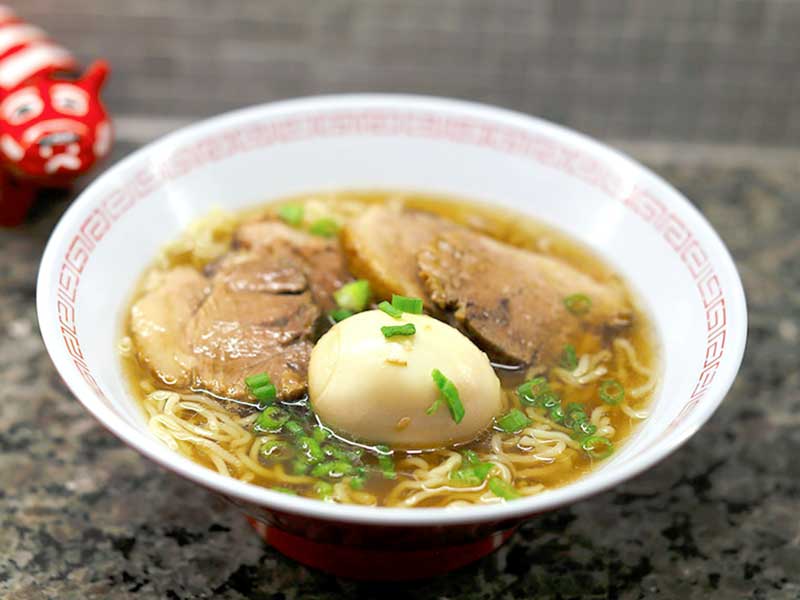
Known for its hand-cut noodles, the Kitakata area of northern Fukuoka specializes in ramen made with fat, wavy egg noodles. It’s served in a shoyu (soy sauce) based soup together with simple toppings: a few pieces of chashu pork, bamboo shoots, and a piece of naruto, a fish cake with a spiral of pink and white color. A bowl of Kitakata ramen fits many Japanese people’s quintessential image of what ramen looks like.
Need noodles? Shop Now>>
4. Wakayama Ramen (served with a side)
Wakayama ramen is often described as a variation of Tokyo-style ramen. The broth is made with chicken or vegetable broth and light-colored soy sauce. In Wakayama, it is usually referred to as chuka-soba (Chinese noodles). The noodles in Wakayama ramen are thin and straight, while the soup can either be clear and soy sauce-flavored (shoyu style) or it can consist of a combination of tonkotsu base and soy sauce.
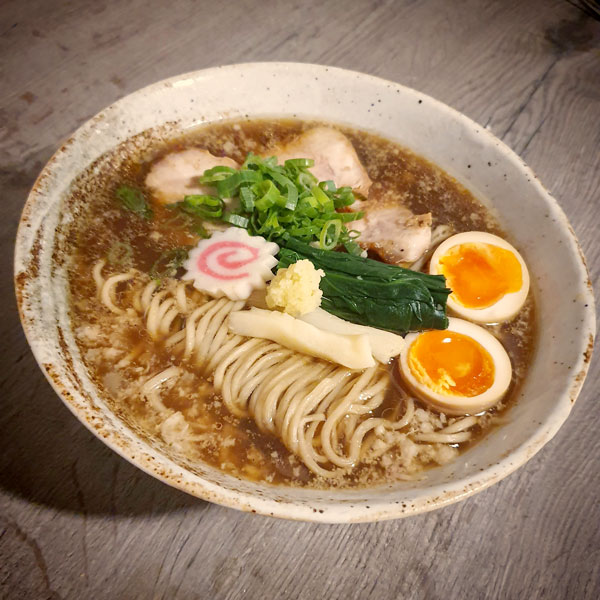
It’s common to have your ramen in Wakayama with a side of haya-zushi, a traditional Kansai-style pressed sushi made with pickled mackerel. Start with our Shoyu Kits here>
5. Onomichi Ramen (Seafood Ramen)
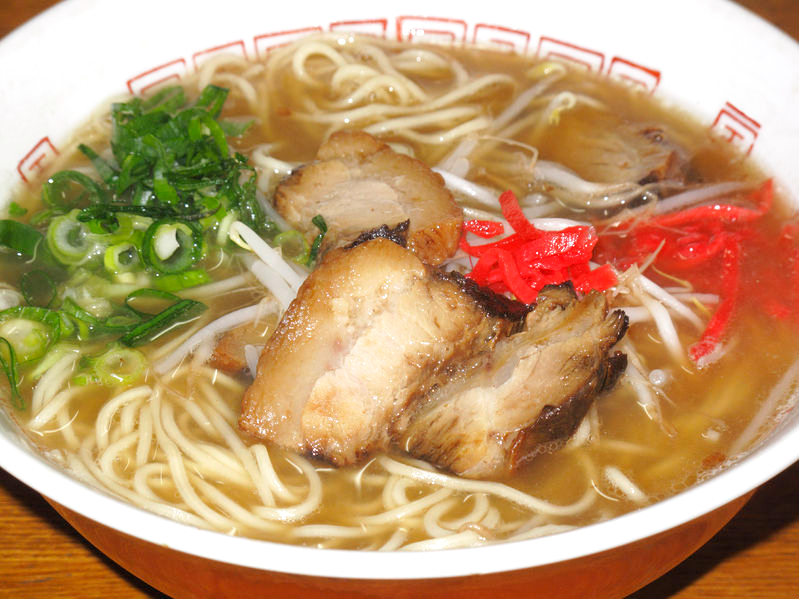
Onomichi is a seaside town in Hiroshima prefecture located on the Seto Inland Sea, so it should come as no surprise that their regional style of ramen is made with fresh local seafood. The shoyu-based broth also contains chicken and a bit of pork, but the real star of the show is the layer of rich pork back fat suspended on top, giving it a punch of flavor. Hundreds of people a day feverishly line up at the town’s numerous ramen shops for a taste of Onomichi ramen. Start with our Shoyu kits here>
6. Nagoya “Taiwan” Ramen (Top Spicy Pick)
Despite its name, “Taiwan ramen,” Nagoya’s local style of ramen isn’t a direct import from Taiwan, although it is inspired by Taiwanese cooking. It’s named for the Taiwanese chef who invented the dish based on Taiwanese danzai noodles. Taiwan ramen features ramen noodles in a shoyu broth topped with spicy ground pork and nira (garlic chives). The dish pre-dates the spicy food trend in Japan, but its popularity has held strong and fast over the decades! Get the recipe here.
7. Okinawa Soba (Thick Noodle Ramen)
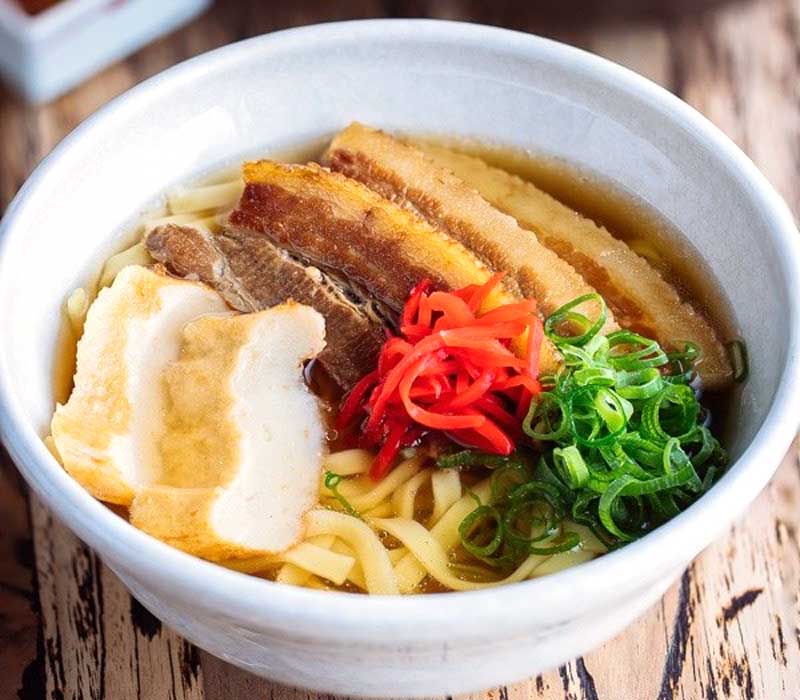
Okinawa, the chain of islands off the southwestern tip of Japan, was once known as the Ryuku Kingdom. Ryuku had its own distinctive food, including its own style of ramen referred to as “Okinawa soba”. Soba (そば) means “noodles” in Japanese.
Despite the word “soba” in its name, Okinawa Soba does not include any soba (buckwheat noodles). Okinawa Soba is a hot noodle soup consisting of a specific type of chewy noodles made with flour, water, and egg .
8. Hakodate Ramen (shio based)
Hakodate, a port city in Hokkaido, is considered the home of shio, or salt-based, ramen. Therefore, the clear soup broth is made with chicken, pork, seafood, and kelp served with straight noodles cooked until tender. Although shio ramen is no saltier than shoyu ramen, it has a slightly different flavor profile to shoyu ramen with a cleaner, lighter taste that allows the chicken, pork, and seafood flavors to come through. Learn more about Shio here>>
9. Kagoshima Ramen

Kagoshima is the only place in Kyushu that wasn’t influenced by Kurume City’s heavy tonkotsu ramen. Instead, the ramen here uses a blended broth of pork, chicken, dried sardines, vegetables, and dried shiitake mushrooms topped with scorched scallions. The cloudy soup has a mild flavor that is quite distinctive from other Kyushu-area ramen.
10. Nagasaki Champon (The College Staple)
Although not specifically a type of ramen, champon is a regional dish from Nagasaki made with thick egg noodles that are very similar. The noodles are cooked in the soup, along with meat, vegetables, and seafood. Champon originated as a budget food for Chinese students studying in the Nagasaki area and fuses together Chinese and Japanese food cultures.
Authentically Japanese Ramen Taste – Anytime!
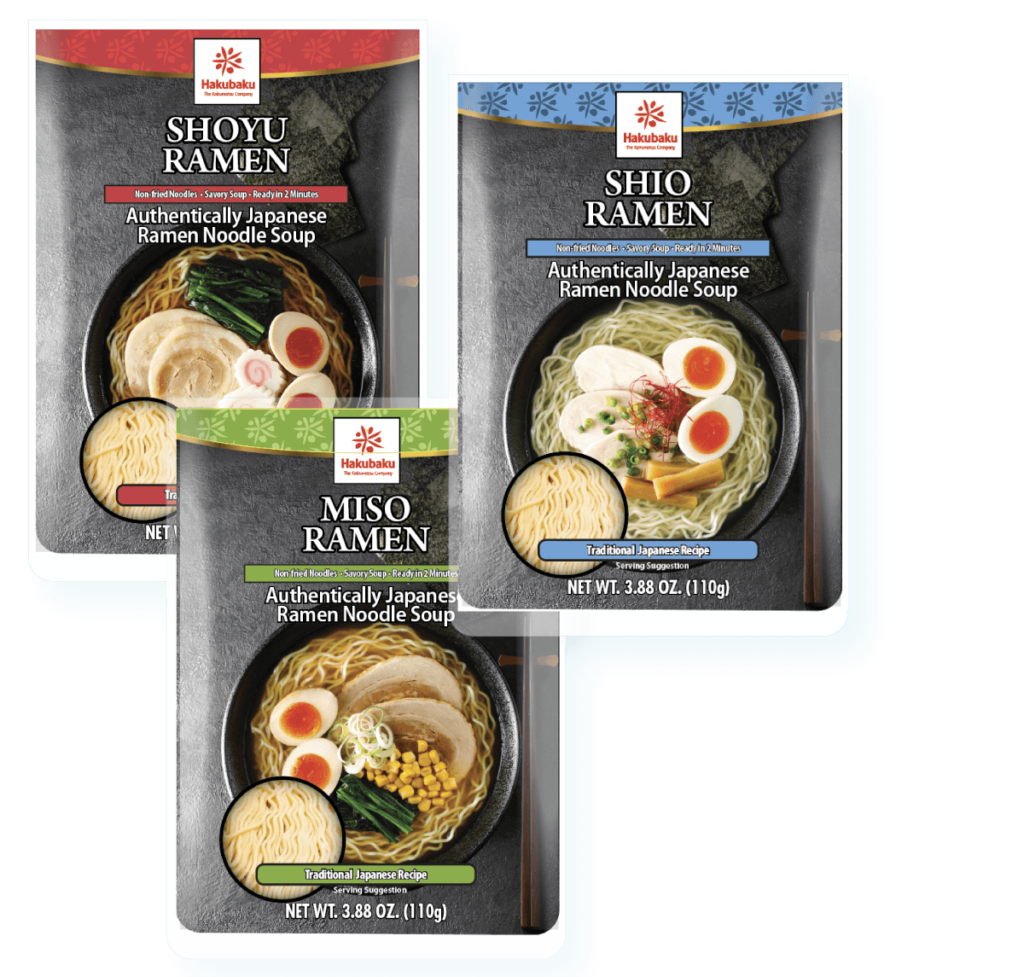
Want to try these ramen recipes? We can help! We have authentic Japanese ramen ready with flavorful broth and soft noodles in the bag!
Want some traditional Japanese recipes? You can try making different variations of ramen in the comfort of your own home! Check out these recipes today!
